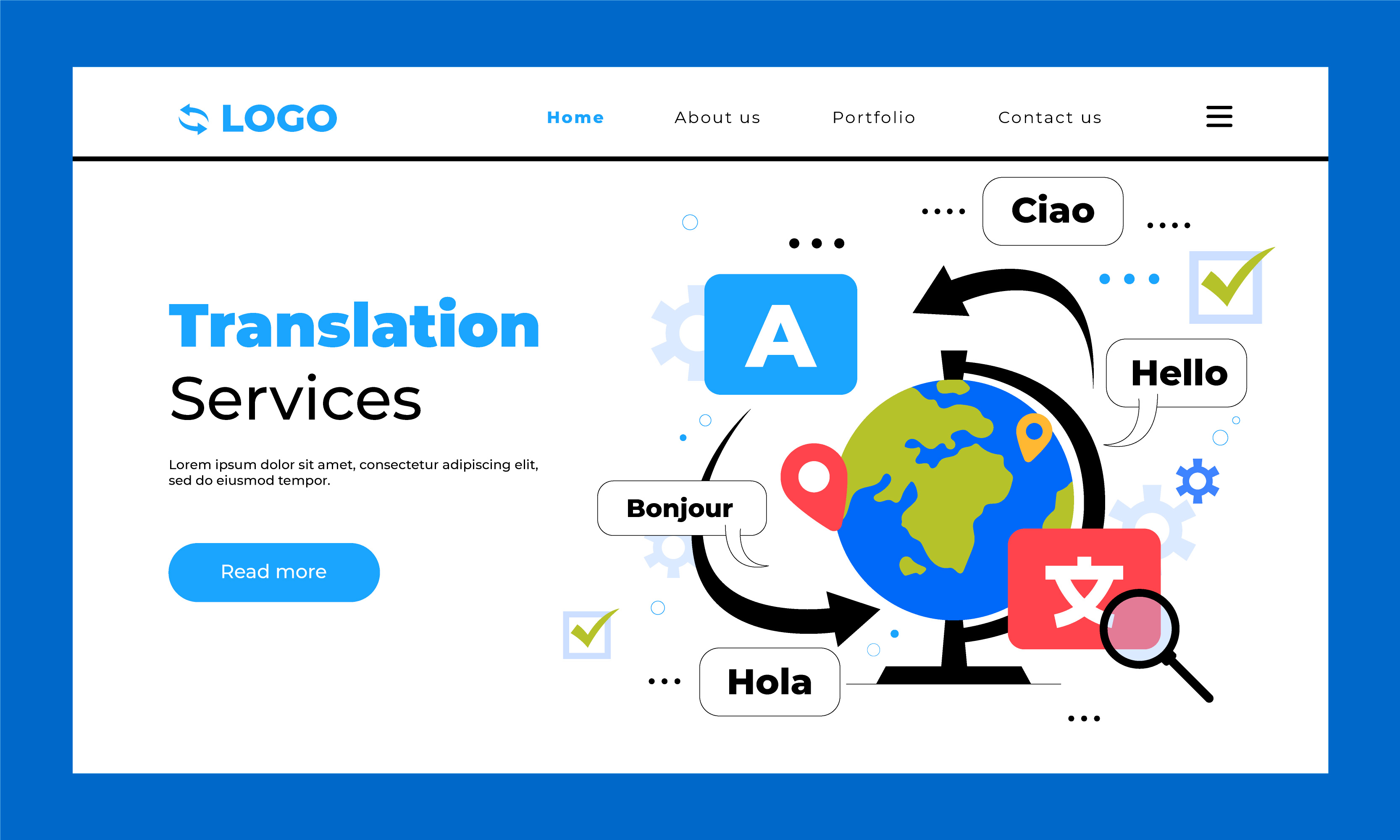Best URL Structures for Multilingual Websites
Share

When building a multilingual website, one of the most overlooked—but critical—decisions is how to structure your URLs. This choice not only affects how your content is indexed by search engines but also impacts user experience, backend management, and long-term scalability.
Should you go with subdomains, subdirectories, or URL parameters? The right answer depends on your goals, technical resources, and audience. In this article, we’ll break down each option, compare their pros and cons—especially in terms of SEO—and look at a real-world case study where the right URL structure helped an international university boost multilingual search performance.

Why URL Structure Matters
A multilingual website means the same content (or slightly localized content) exists in multiple languages. For example, a university homepage might be available in English, Thai, and Chinese. Without a clear and consistent way to signal those language versions to search engines, your site may:
-
Struggle with duplicate content penalties
-
Fail to rank properly in search results in other countries or languages
-
Provide a confusing experience for users trying to switch between languages
-
Be harder to maintain and expand over time
Choosing the right URL structure is foundational to avoiding those problems.
Option 1: Subdomains (e.g., en.example.com)
A subdomain creates a separate web address for each language version.
Pros:
-
Clearly separates content by language
-
Can be hosted on separate servers or managed by different teams
-
Suitable for large organizations that operate like multiple brands
-
Allows different tracking configurations in tools like Google Analytics
Cons:
-
Search engines may treat each subdomain as a separate website
-
SEO authority is split across multiple domains (slower to rank)
-
Requires more technical setup and maintenance
-
Can confuse users who expect a single domain experience
Best for:
Organizations with separate teams or infrastructures for different regions or markets.
Option 2: Subdirectories (e.g., example.com/en/)
Subdirectories organize content into folders within the same domain.
Pros:
-
Consolidates SEO authority under one root domain
-
Easier to manage using a single CMS
-
Simplifies analytics, sitemaps, and crawling
-
More user-friendly and predictable for visitors
-
Preferred by most SEO experts for scalability and clarity
Cons:
-
Requires careful planning to maintain clean URLs
-
Mismanagement can cause overlap between languages (e.g., missing language codes)
-
URL structure must be consistently implemented across all content
Best for:
Most businesses, universities, and organizations with a single web team and shared branding.
Option 3: URL Parameters (e.g., example.com/page?lang=en)
Parameters use query strings to specify the language version.
Pros:
-
Easiest to implement technically
-
Requires no changes to directory structure
-
Can be added to existing pages with minimal disruption
-
Good for internal systems or applications with dynamic content
Cons:
-
Not SEO-friendly—search engines may not treat each variation as a distinct page
-
Difficult for users to understand or share
-
Harder to set up hreflang tags and localized metadata
-
Not scalable for large multilingual content sets
Best for:
Small sites or internal tools that don’t rely on organic search traffic.
SEO Considerations: Why Subdirectories Often Win
If SEO is a key goal for your multilingual site (and it usually is), subdirectories tend to be the best choice for several reasons:
-
Domain authority is shared across all languages, helping new content rank faster
-
Easier to implement hreflang tags, which tell search engines which language version to show to which audience
-
Cleaner sitemap organization and analytics tracking
-
Avoids issues with duplicate content or content cannibalization
Subdomains can also work well—but they require more effort to maintain SEO across versions. URL parameters, on the other hand, offer poor SEO performance and should be avoided if search traffic matters.
Real-World Case Study: Multilingual SEO Success Through Subdirectories
An international university based in Southeast Asia was struggling to grow its organic traffic in international markets. While its main website was in Thai, it had recently translated some core content into English and Chinese. However, these language versions were buried within the same pages, using dynamic content loading and URL parameters.
Challenges they faced:
-
Search engines weren’t indexing the English or Chinese versions
-
Chinese-speaking users couldn’t find the site through local search engines
-
The English homepage was not ranking for relevant queries abroad
-
They couldn’t properly use hreflang tags because of inconsistent URLs
What they did:
-
Rebuilt their language versions into dedicated subdirectories:
/en/ for English
/th/ for Thai
/zh/ for Chinese -
Updated their CMS to manage each language version separately but within the same domain
-
Implemented proper hreflang tags to signal language-region variations
-
Submitted localized sitemaps to Google Search Console
-
Optimized each language version for local keywords and search intent
Results within 6 months:
-
Organic traffic from English-speaking countries increased by 60%
-
Chinese search queries began generating consistent traffic
-
Bounce rates dropped as users were taken directly to pages in their native language
-
Admissions inquiries from foreign students increased significantly
This simple shift to a subdirectory structure, combined with basic SEO best practices, helped the university dramatically increase its international visibility.
Final Recommendations
If you’re planning a multilingual website and SEO matters to your business goals, subdirectories are usually the best choice. They offer the right balance between SEO benefits, ease of management, and scalability.
However, every situation is unique. Consider the following when making your decision:
-
How large is your site? (Large = consider subdomains only if well-resourced)
-
Do you have different teams managing each region? (Subdomains may make sense)
-
Are you focused on global search engine visibility? (Subdirectories are ideal)
-
Is your site an internal app or intranet? (Parameters may be sufficient)
Regardless of your structure, consistency and clarity are the keys to success—both for your users and for search engines.

Share

Keep me postedto follow product news, latest in technology, solutions, and updates
Related articles
Explore all


